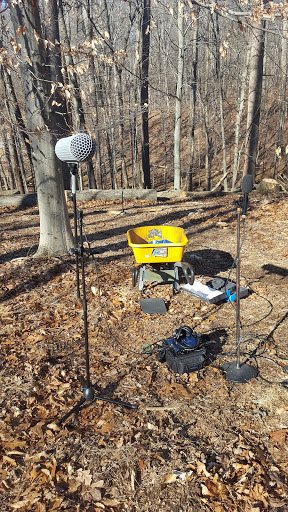Next to our weekly bulletins, we want to start sharing some more news and interesting stuff with you throughout the week (and we call it Stratigraph for all you archaeologists out there). We’ll start of with some news on the development of Old World and it’s use of Early Access!
You might, or might not, have seen one of our streams of Old World, the new 4X game in Early Access developed by Mohawk Games. If by any chance you don’t know it yet, Old World can be described as a Civilization and Crusader Kings II cross-over set in the Ancient World. While we’re used of playing civilizations with no real leaders, Old World places you in a dynasty. So next to the settling cities, building improvements and progressing through history of you civilization, you’re also progressing through the history of your own family. As Mohawk Games put it: ‘Every year is a turn, and each leader is a mere mortal, so your lasting legacy will be the dynasty you leave behind.’
What’s interesting is that the game is still in Early Access. Every year, more and more games are put out in Early Access. A prime example is the medievalish Action-RPG-Strategy game Mount & Blade II: Bannerlord, which hit Early Access a couple of months ago. You might question the business model, but it is a great way to work with the players on making a better game. However, not many strategy games have come out in Early Access before. Old World shows the 4X genre (and Early Access games in general) how it should be done.
Christian Donlan of Eurogamer had a talk with Leyla Johnson, who is the president of Mohawk Games. They went into depth on the use of Early Access for 4X games. To quote Johnson: ‘Ultimately, every design has problems, and as far as we know early access is the best way to find out about these problems, while still being able to do something about them.’
While some studios release their games while they are essentially unfinished (looking at you Bannerlord), Old World’s key elements and mechanics were complete when the game hit Early Access. For example, the sounds used in the game were all up and running. In an article on Audiokinetic Blog, Stephen Frank of Audiotank (the company hired to make sounds for Old World) goes deeper into the creation of sounds for the game. Especially the ‘ sounds of distance’ (which we really like!) the player hears when zooming out were tricky to make. The solution? Setting up microphones somewhere in rural northern Maryland! After lots of editing and tweaking, you get the awesome sound of the game. Read more on the production of sound here!

When Old World hit Early Access, it was a finished product, down to the sounds and every mechanism in the game. Sure, there were other elements to be added (such as new maps), but the base game was there. By using Early Access, the team could take the experiences of those who enjoy playing the most, and improve the game. But they also listen to other voices and ideas: new suggestions, other mechanics, alternative design and gameplay. Those voices are important as well, as they can give you the ‘oh, yeah, why didn’t I think of that?’, says Johnson.
This use of Early Access is especially cool (if you ask me). Next to the benefits of bettering the game, players can have a voice in the development of the game. It is important we incorporate more voices and ideas into our games, especially games in which you can learn a lot about our history (like Old World, but also Civilization and the Paradox games). I hope that in the future, more games take to this Early Access path and use it to not only improve their game, but also give a voice to the players.
